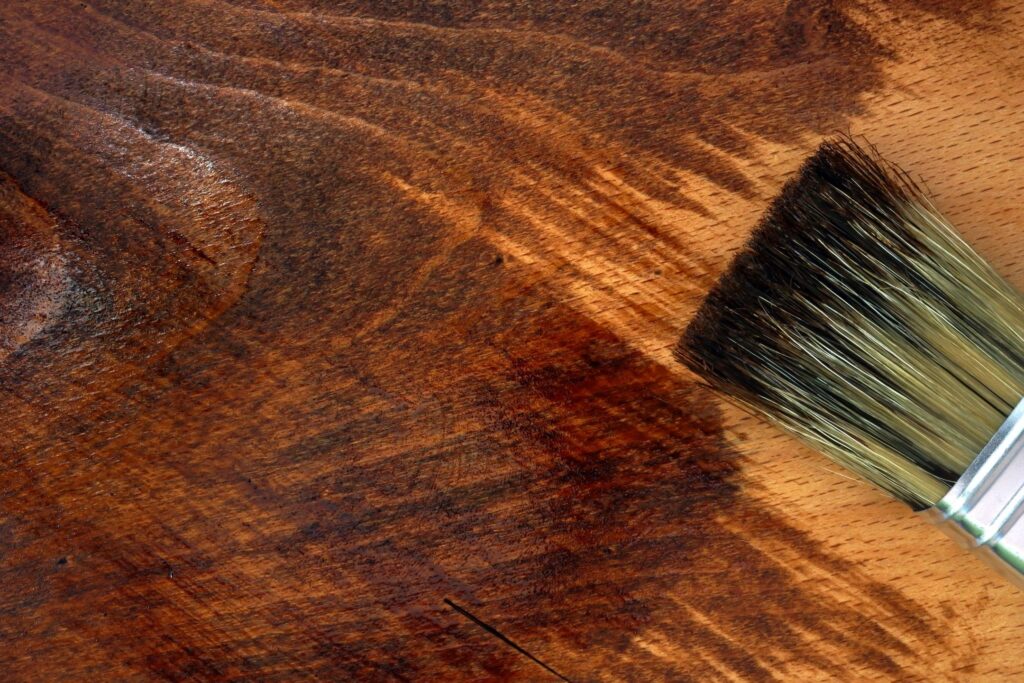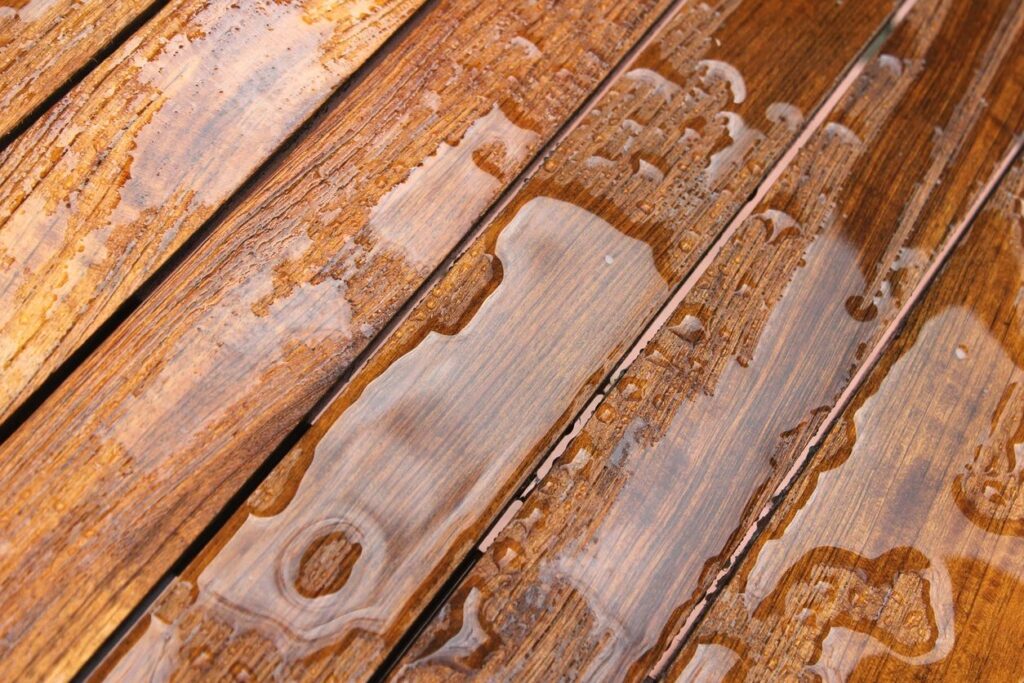Pirogues are light, canoe-like boats commonly found in the Louisiana bayous. Made of cypress and oak, pirogues were traditionally used by the Cajuns. They were used to transport goods and people, as well as to hunt, fish, and gather. Pirogues are still used today in the bayous and rivers across Louisiana, and they are considered a staple of Louisiana culture. These are workhorse utilitarian boats that see tough conditions.
If you’re a boater or sportsman, then you know the importance of a well-sealed boat. A pirogue is no exception, and if you want to make sure your craft stays watertight, then you’ll need to know how to seal it properly. In this blog post, we’ll show you how to do just that. So read on and learn how to keep your pirogue dry!
Why You Need to Seal Your Wooden Boat Hull
You’ll find a lot of “how to waterproof wood” articles out there. So why is it so special if the wood happens to be on a boat? Experienced boaters know that the marine environment is a completely different animal than the environment around a new deck, for example. Wood for marine use has to be ready to handle the elements:

Things that can hurt your wooden boat
• UV Rays – Since pirogues are so practical they are used often and not necessarily stored out of the sun. UV rays can breakdown wood fibers causing warping, splitting, and cracking. A sealant protects the wood from the UV rays.
• Water- A pirogue is constantly sitting in water. Long-term exposure to water can lead to rot and other damage when your wood isn’t properly sealed.
• Humidity – It’s not just water in lakes you need to worry about. Water in the air can affect wood even while your boat is dry and lifted out of the water.
- Insects and other pests can also destroy boat wood
Difference between wood sealer finishes

Some folks prefer an oil finish such as Watco Exterior. An oil finish has a nice feel, but it requires frequent maintenance and recoating to be an effective sealant. An oil finish is great if you want the wood to be aesthetically pleasing, not great as a one-and-done sealant. One advantage is that an oil finish can be applied without having to completely strip and refinish the wood like a varnish or polyurethane.
Spar varnish vs polyurethane
If it’s new wood and you don’t want to use oil, you can use polyurethane. An example is Spar Polyurethane, It requires less frequent maintenance but more frequent complete refinishing than oil does. It has a shiny, plasticky feel, rather than oil’s silky feel.
Spar varnish is similar to spar urethane but does not harden like polyurethane. The difference is in the cost as well. Spar urethane is more than double the cost of spar varnish.
Steps to seal a wooden boat hull
- Sealing a pirogue is a fairly simple process. First, clean the surface of the pirogue with a mild detergent, water and a cloth. Make sure that it is free of dirt, debris and other residues that would cause the sealant to not adhere and set up correctly
- It is also a good idea to remove all unnecessary items from the boat, including seats, storage compartments, and other accessories. This will make applying the sealant much more efficient and easier.
- Next sand down any rough spots or sharp edges, making sure the surface is prepped is what makes all the difference in how well a pirogue is sealed.
- Once you’re finished sanding make sure to clean the hull again to remove any sawdust or other loose material left.
- Apply a thin coat of sealant on the inside and outside the hull with a brush or roller, some sealant you can spray on but the best application method is by brush or roller.
- Let the first coat of sealant fully dry and then apply another coat
- A third coat may be necessary depending on how much sealant the wood soaks in. Just make sure to let each coat dry before applying another.
- Once your sealing is finished it’s time to hit the water!
Conclusion
Sealing a pirogue or any other boat wood is all about proper prep work and using the right materials. A sealant is only to going to work as good as it was applied so take your time and do the best job you can. Don’t find out when you’re on the water that those corners you cut are what’s keep your feet wet now.
So what’s your tip on sealing boat wood? Have you used any of these products before? Tell us in the comments. Thanks!
